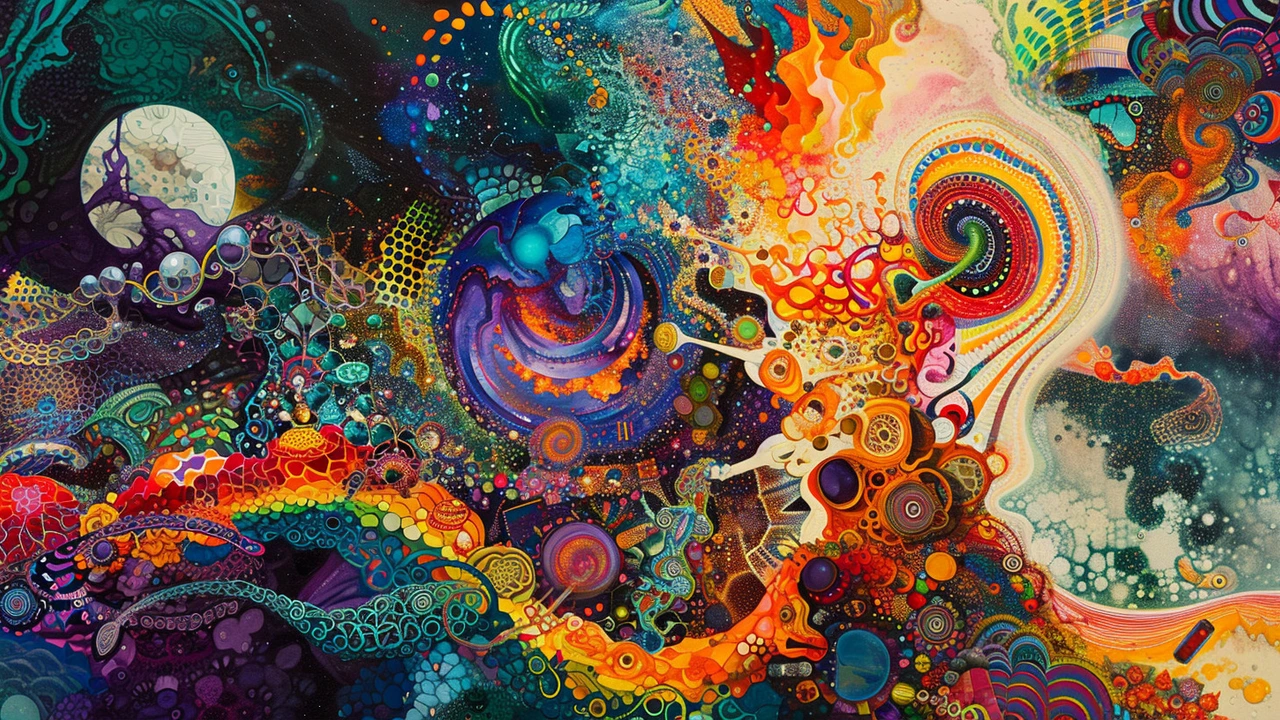Cultural Impact: How Art Movements Shape Everyday Life
Art movements change how we live, work, and talk. Think of Bauhaus furniture in your living room or Harlem Renaissance songs on playlists. These shifts come from artists, designers, and public projects that move ideas into daily life. I’ll point to clear examples and practical takeaways you can notice or use.
Art in public life
Public art and design often set trends fast. Land art reshaped parks and plazas, giving planners ideas for green roofs, walking routes, and places that invite small gatherings. Installation art turns empty buildings into tourist stops and local hubs. Cities that use art this way increase foot traffic and local pride, and small businesses notice the change in customers.
Style that becomes standard
Movements like Bauhaus and De Stijl simplified how things look and work. You see their influence in clean websites, simple chairs, and city signs that favor clarity over decoration. Photorealism and installation art pushed attention to detail and experience. Even fashion borrows from Baroque or Futurism, mixing dramatic shapes or tech-inspired fabrics into everyday clothes.
Art helps communities tell their stories. The Harlem Renaissance gave Black artists a platform that reshaped American music, literature, and visual art. Fluxus and Constructivism challenged who can be an artist and what counts as art, opening doors for performance and design in public programs. When communities control their visual storytelling, they can shift stereotypes and attract new cultural investment.
Want to spot cultural impact? Look for design choices repeated across products, public spaces, and media. Want to use it? Add one bold piece to your home inspired by a movement—say a Bauhaus lamp or a Baroque mirror mixed with modern furniture. Support local installation projects or artists; that small action often leads to measurable change in neighborhood activity.
Cultural impact isn’t just high art. It’s the logos we trust, the park benches we sit on, and the songs that become part of a place. Watch for patterns, learn a bit about the movements behind them, and you’ll see how art shapes everyday life.
Look for museums that partner with schools; those collaborations often change local curricula and student opportunity. Notice product packaging shifts—brands using simple grids and bold color palettes are echoing De Stijl and Bauhaus lessons. If a neighborhood adds large murals and pottery markets, foot traffic often rises within months; new cafes or galleries can follow.
Artists also influence tech. Futurism’s focus on speed and machines shows up in app animations and dashboard interfaces. Photorealism’s obsession with detail pushes camera tech and rendering tools forward, which helps everyone from game designers to ad studios. Small nonprofits that fund local shows often spark long-term cultural programs; tracking attendance and local sales gives clear evidence of impact.
Start simple: attend one artist talk, visit a new installation, or buy a print from a local maker. These tiny moves help artists and let you see how culture shifts where you live.
Art matters because it changes habits, places, and how people relate daily.

